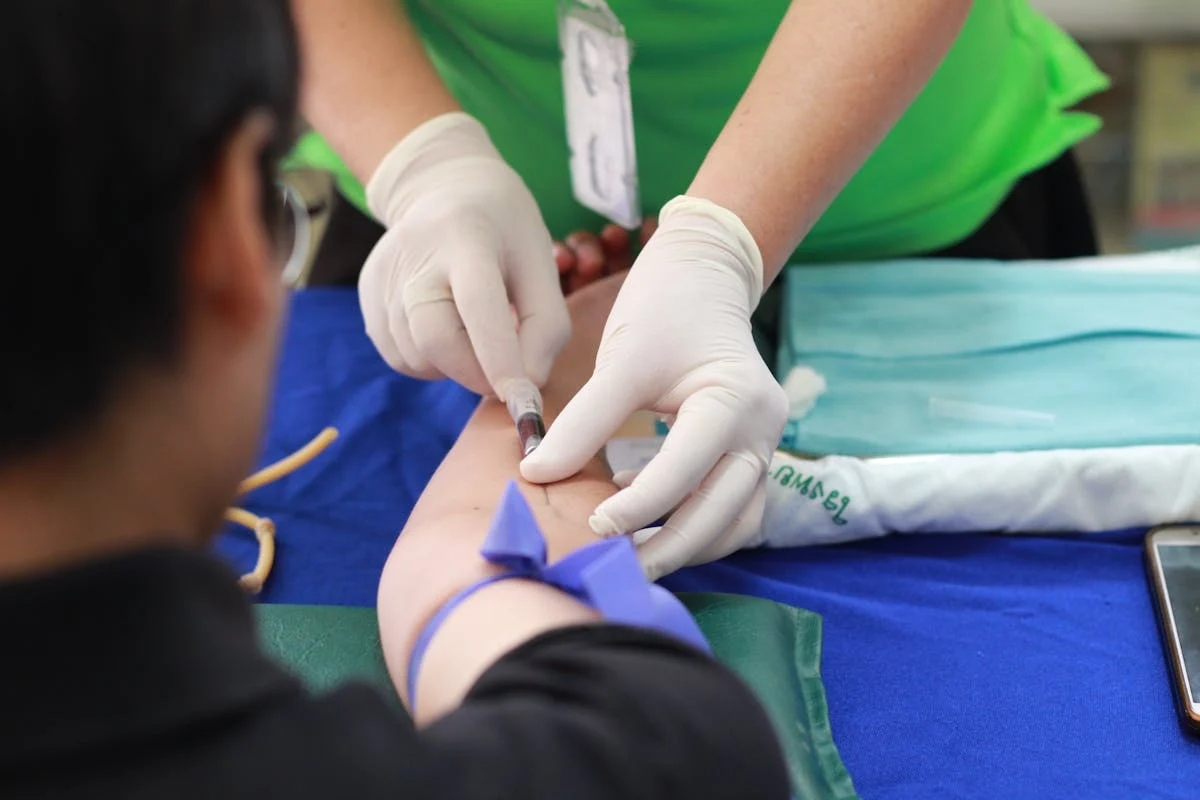Streamlining Complex Wraparound Payments: Tips for Medicare Advantage Coordination

Introduction
Federally Qualified Health Centers (FQHCs) increasingly serve Medicare Advantage (MA) patients, but navigating wraparound payments—supplemental reimbursements to cover costs beyond MA capitation—is fraught with complexity. In 2024, 50% of FQHCs reported delays or errors in wraparound claims, costing millions in uncollected revenue (NACHC, 2024). Manual processes, inconsistent payer rules, and documentation gaps drive these issues, straining budgets and staff. Artificial intelligence (AI) offers a solution by automating coordination and enhancing accuracy, reducing payment delays by 30% and boosting collections by 10-15%. Benefits include improved cash flow, reduced administrative burden, and stronger compliance with CMS regulations. This article explores two AI-driven features—automated wraparound reconciliation and predictive payment analytics—supported by real-world examples. The result? FQHCs can streamline MA coordination, maximize revenue, and focus on delivering high-quality care to vulnerable populations.
1: Automated Wraparound Reconciliation
A pivotal AI feature for streamlining wraparound payments is automated reconciliation, a process that ensures accurate and timely submission of claims. FQHCs must reconcile MA encounter data with CMS requirements to claim wraparound payments, which cover the gap between MA capitation and Prospective Payment System (PPS) rates. Manual reconciliation is error-prone, with 40% of FQHCs citing coding mismatches or missing documentation as denial causes (HFMA, 2024). AI automates this using machine learning (ML) and natural language processing (NLP) to validate encounters, match claims to PPS rates, and flag discrepancies.
For example, AI cross-references patient visits with CPT codes and CMS guidelines, ensuring accurate reporting of services like chronic care management. A 2024 HIMSS study found that AI reconciliation reduced wraparound claim errors by 45% and cut processing time from weeks to days. For FQHCs, where MA patients can represent 20-30% of revenue, this precision is critical. Automation also verifies eligibility and enrollment, preventing rejections due to outdated data.
The people impact is significant. Billing staff, facing shortages (78% of FQHCs, NACHC, 2024), save 10-12 hours weekly, easing burnout. Administrators gain real-time claim status dashboards, improving oversight. Clinicians benefit from fewer documentation disputes, focusing on care. A 2023 AHA survey showed 65% of RCM teams using AI reported higher job satisfaction.
The result is clear: faster payments, fewer denials, and recovered revenue—$500,000-$2 million annually for mid-sized FQHCs. Automated reconciliation ensures compliance with CMS audits, building reserves and supporting expanded services like telehealth or preventive care.
2: Predictive Payment Analytics
Another game-changing AI feature is predictive payment analytics, a process that forecasts wraparound payment outcomes and identifies risks. FQHCs struggle to anticipate denials or payment delays due to MA plan variability, with 35% of claims rejected for prior-authorization or coding issues (McKinsey, 2024). Predictive analytics uses historical claims, payer behavior, and patient data to estimate payment likelihood and highlight vulnerabilities before submission.
For instance, AI can predict a claim’s denial risk due to missing quality metrics, prompting preemptive corrections. A 2024 HFMA study found that predictive analytics reduced wraparound denials by 30% and boosted collections by 12%. For FQHCs, this means capturing revenue from complex MA contracts, like those tied to Hierarchical Condition Category (HCC) coding. Analytics also prioritize high-value claims, shortening A/R cycles by 20-25 days.
The people benefit is substantial. Billing teams focus on strategic tasks like appeals, with 60% reporting less stress when using predictive tools (HIMSS, 2024). Administrators use forecasts to negotiate better MA contracts, leveraging data on underpayments. Clinicians see smoother workflows as AI flags documentation gaps early, ensuring care aligns with reimbursement. This cohesion strengthens morale amid staffing challenges.
The outcome is compelling: higher revenue capture, shorter payment cycles, and improved payer relationships. Predictive analytics empowers FQHCs to navigate MA complexities confidently, channeling funds into patient programs and operational resilience.
3: Real-World Examples
Real-world cases show AI’s transformative impact on wraparound payments. Unity Health Care, a Washington, D.C., FQHC serving 100,000 patients, implemented automated reconciliation to address a 25% wraparound denial rate. AI validated encounters against CMS rules, cutting errors by 50% and reducing A/R days from 60 to 35. Unity recovered $1.8 million annually, boosting reserves and funding behavioral health services. Staff saved 15 hours weekly, with morale rising 20%. This case highlights automation’s role in revenue and staff relief.
In Arizona, El Rio Health adopted predictive payment analytics to optimize MA coordination. AI flagged claims at risk for denial—like those missing HCC codes—reducing rejections by 35%. Collections increased by 15%, adding $1.2 million yearly, while payment cycles dropped to 30 days. Administrators used analytics to renegotiate MA contracts, securing 10% higher rates. Patient satisfaction grew 12% with faster billing, showing analytics’ broad impact.
A California FQHC consortium combined both AI features, targeting $3 million in lost wraparound revenue. Automated reconciliation cut denials by 40%, and predictive analytics prioritized high-risk claims, boosting first-pass rates to 80%. The consortium gained $2.5 million annually, with A/R days falling to 28. Staff reported 25% less stress, and savings expanded telehealth access. These results, backed by a 2024 NACHC report showing AI improved FQHC MA revenue by 10-20%, demonstrate clear benefits: millions recovered, reduced burnout, and enhanced care capacity.
Conclusion
Streamlining wraparound payments is essential for FQHCs to thrive in the MA landscape. AI-driven automated reconciliation and predictive payment analytics slash denials by 30-50%, shorten A/R by 20-35 days, and recover $1-$3 million yearly. Real-world successes—Unity’s $1.8 million gain, El Rio’s 15% collection boost, and a California consortium’s $2.5 million—prove AI’s value. These tools save staff time, ensure CMS compliance, and fund critical services, strengthening FQHCs’ mission. As MA enrollment grows, mastering wraparound coordination is non-negotiable. FQHCs must embrace AI to secure their financial and patient-focused future.
Don’t let wraparound delays cost your FQHC. Review your MA claims process today and adopt AI-driven reconciliation and analytics to maximize revenue. Start now to unlock funds and elevate care.
References
- National Association of Community Health Centers (NACHC), 2024 Report
- Healthcare Financial Management Association (HFMA), 2024 Study
- Healthcare Information and Management Systems Society (HIMSS), 2023-2024 Studies
- American Hospital Association (AHA), 2023 Survey
- McKinsey & Company, 2024 Healthcare Revenue Study
No Spam —
Just Good Stuff.
Join our newsletter for actionable advice, insider knowledge, and strategies that drive real results.
No fluff, just value.
%20(1).png)

.png)

















.jpg)
.png)

.png)
%20(1).jpg)
.png)